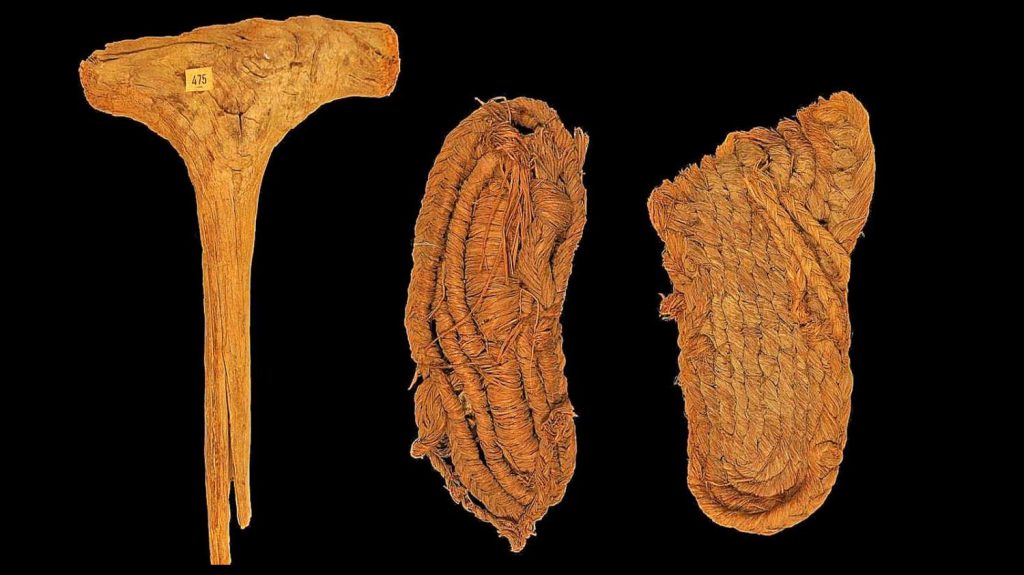Archaeologists say they have found the oldest shoes in Europe. They are a pair of grass-woven sandals which appear to be six thousand years old.
Scientists had been exploring a bat cave in Spain when they found them. They also found other ancient artifacts along with the oldest shoes in Europe, such as baskets and tools. They analyzed these in a new study.
The cave is in the Cueva de los Murciélagos, or the Cave of the Bats, in Andalusia of southwestern Spain. A landowner who collected bat guano in order to make fertilizer was the first person to enter the cave in 1831. The cave’s cool and dry climate has kept the oldest shoes ever found in Europe relatively intact throughout time.
The other objects discovered
María Herrero Otal, a co-author of the study, mentioned that, in addition to the oldest shoes found in Europe, the other objects “are the oldest and best-preserved set of plant fiber materials in southern Europe so far known.”
She added that “the technological diversity and the treatment of raw materials documented highlight the skill of prehistoric communities.” Some of these objects are around nine thousand years old.
The cave was discovered by miners who came upon a gallery that held partially mummified corpses, baskets, and wooden tools. There were even wild boar teeth and a unique gold diadem.
Otzi the Iceman
The oldest shoes in Europe that were just found are even older than the grass and leather shoes that were discovered along with the body of Otzi the Iceman, who was wearing them.
The ancient hunter-gatherer lived about five thousand years ago, and his body was found in good condition up on a mountain pass on the border between Italy and Austria in 1991. This was not the first time in recent years that such old shoes were found in a cave.
5,500-year-old shoes found in Armenia
In 2008, researchers had already found a 5,500-year-old leather shoe in a cave in Armenia in remarkably good condition. This was due to the stable, cool, and dry conditions in the cave. Furthermore, the cave’s floor was covered by a thick layer of sheep dung, which added to the preservation of the shoe.
The scientists say that the shoemaker used only a single piece of leather and shaped it to fit the wearer’s foot. When the shoe was discovered, it was filled with grass. This was probably either to keep the foot warm or to maintain its shape, according to archaeologists.
These researchers have also discovered other well-preserved objects in the same cave. Amongst those items were large containers, many of which contained wheat, barley, apricots, and other edible plants.

